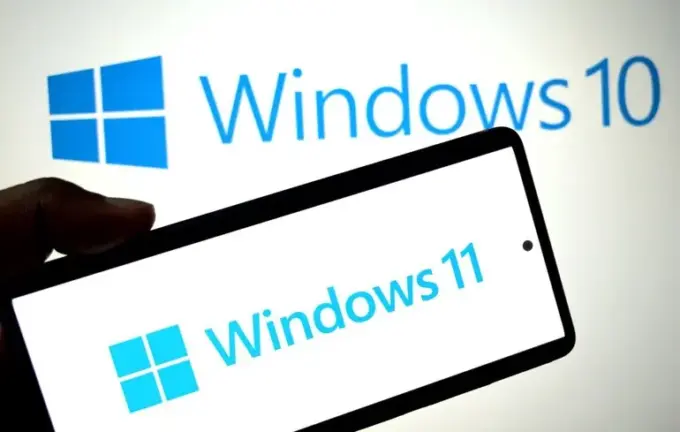Microsoft Ends Support for Windows 10: What Users and the Tech World Should Expect

Microsoft has officially announced the end of support for its Windows 10 operating system, marking a critical moment for billions of users worldwide.
Starting October 14, 2025, devices running this popular OS will no longer receive security updates, significantly increasing their vulnerability to hacking and cyberattacks.
According to official data from Microsoft, Windows 10 remains the most widely-used operating system globally, installed on over 1.4 billion devices.
However, statistics from Statcounter show that as of July 2025, approximately 43% of users still operated on Windows 10.
In Ukraine, the figure is even higher: nearly 54% of computers and laptops are running Windows 10.
Recent surveys indicate that about a quarter of users plan to stay on this OS despite the end of official support, while every seventh user is preparing to purchase a new computer to upgrade.
Public organizations have sharply criticized Microsoft’s decision, warning about potential additional expenses for consumers and the rise in electronic waste worldwide.
Many are concerned that this change will negatively impact cybersecurity and the sustainability of modern technology.
Meanwhile, Microsoft urges users to upgrade to Windows 11, although not all devices meet its technical requirements.
For those unable to transition, a Extended Security Updates (ESU) program is available, which allows critical patches to be received until October 2026 if certain conditions are met: updating Windows 10 to the latest version, having a Microsoft account, and creating system backups.
Failing these, users will need to pay a fee of $30 per device, or $61 for corporate clients, depending on the region.
Despite the push to move to Windows 11, some users face hardware limitations that complicate upgrading.
Since its launch in 2015, Windows 10 has been actively receiving updates with new features and improved security, but now this support is ending.
The absence of ongoing updates could leave hundreds of millions of devices exposed to vulnerabilities.
Microsoft recommends switching to Windows 11 but also raises privacy concerns, as a Microsoft account is required for full functionality.
The end of Windows 10 support threatens the security and functionality of personal and corporate devices, potentially complicating compliance with security standards.
Additionally, the discontinuation of updates by third-party developers for Windows 10 may reduce software compatibility and limit usable options.
In early 2025, Microsoft announced a significant update to Windows 11, version 24H2, promising improved stability, a modernized interface, and new features for critical system notifications.
Among innovative changes, the infamous Blue Screen of Death (BSOD), used since 1990, will be replaced by a black or dark screen during system errors, symbolizing a new era in Windows design.

